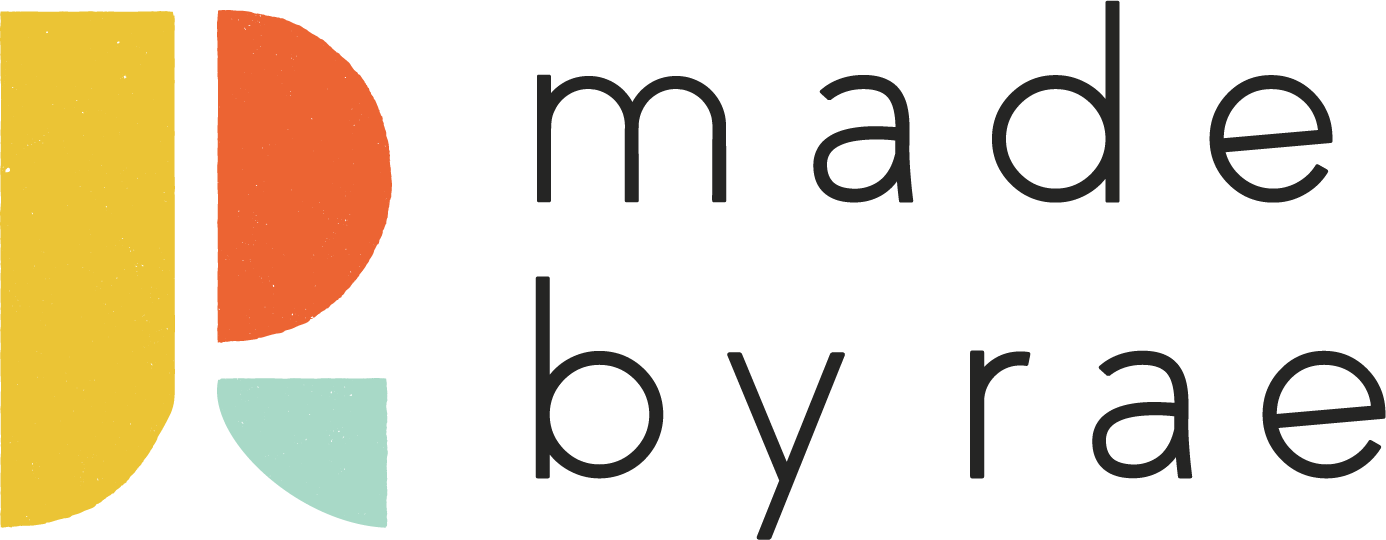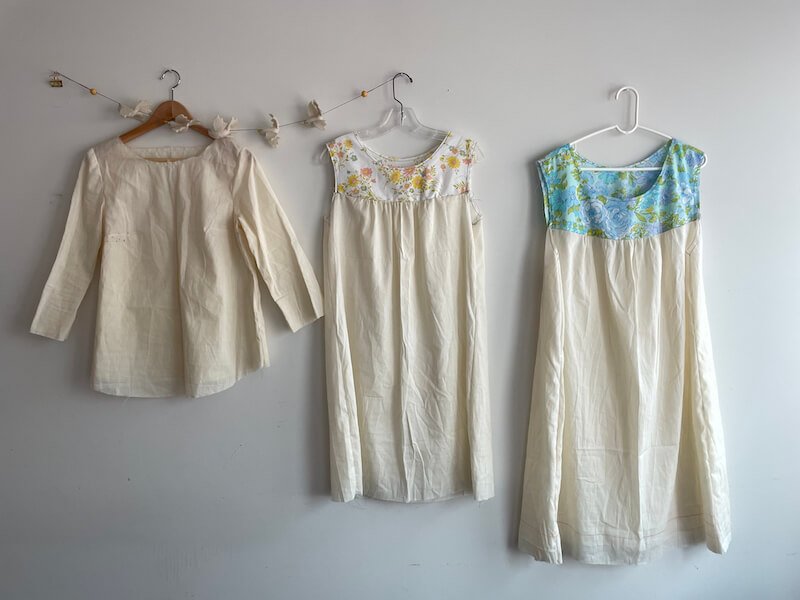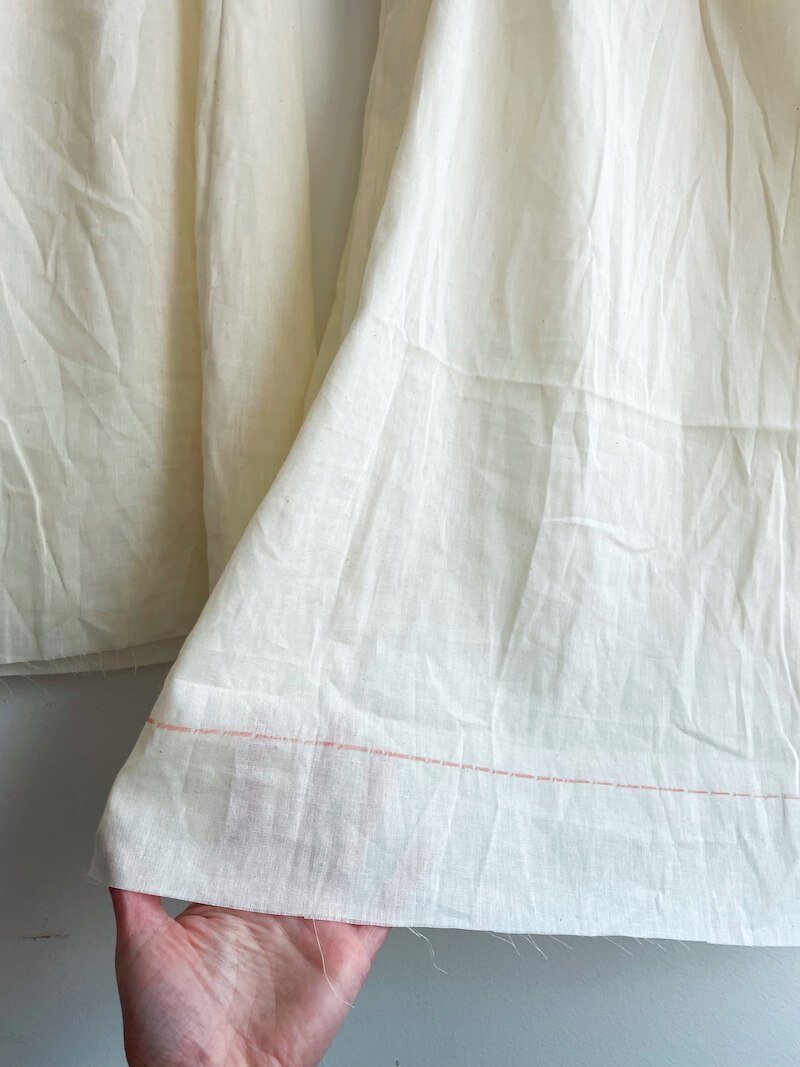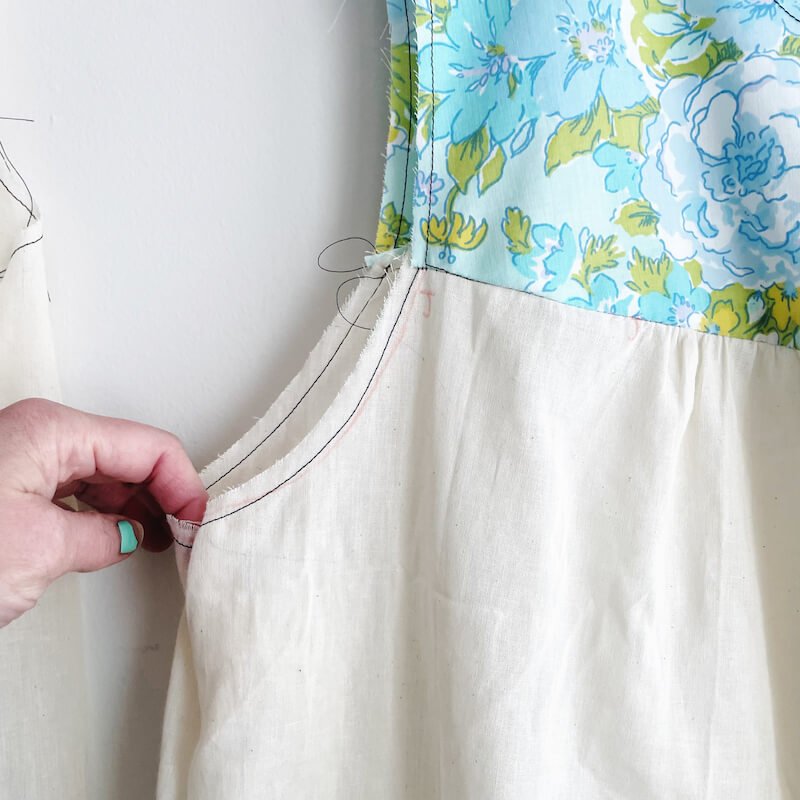My favorite muslin fabric
My friend Amy was in the studio a couple weeks ago to help with a pattern fitting. She makes a ton of garments, and when she tried on a sample I had made for her out of muslin, she was like “what IS this fabric?!”
THIS is the muslin fabric I use. It’s my favorite that I’ve found, so I’m sharing it here too just in case you want a good recommendation. It’s from WAWAK and comes in 5 yard cuts, and the price seems pretty reasonable to me (about $3.50/yard). It’s more sheer and lightweight than other muslin fabrics I’ve used, which tend to be stiff like quilting cotton, so it is best suited to sewing patterns that are designed for lightweight fabrics, like blouses or dresses.
(by the way: this is not an ad, and I’m not being compensated in any way for this post. I just like this stuff!)
If you’re new to the muslin scene, sewing a muslin is something I always recommend when making a (grownup, garment) sewing pattern for the first time. For kids it’s a little different: you can make a pattern a bit big and trust that they’ll grow into it. Plus they’re less curvy than adults, so fit-as-you-go is fairly easy to do.
A muslin is a test garment and is known as a toile outside of the US. It can be made out of any test fabric, but it gets its name from the bleached or unbleached inexpensive cotton known as “muslin” typically used to make it. So the word muslin refers both the fabric (which is what I’m recommending in this post) or the test garment — the thing you sew with the fabric.
I’ll spare you the step by step on how to sew a muslin in this post, but if you’re interested in learning more, you can find instructions on how to make a muslin in the “Make A Muslin” section of my adult sewing patterns.
As you can see in these pics, this muslin is quite sheer. I also sometimes use old bed sheets or other inexpensive fabrics for muslins. I draw and make notes directly onto my muslins, as you can see by the red hem line above.
Anyway, you don’t have to make a muslin, but I often do because it increases the likelihood that I end up with a final garment that fits. To reduce waste, I reuse as much of the muslin fabric as I can from muslin to muslin, and I recycle the muslin fabric when I’m finished with it at my local recycle center so it can have another life as insulation or filling.
What about you: have you ever made a muslin?
PS. Hot Muslin Tip: Shout out to my friend Kate, who once brought a coat muslin she was working on to a sewing night at my studio. It was made out of painter’s dropcloth, to simulate the weight of a coat, which basically blew my mind.




